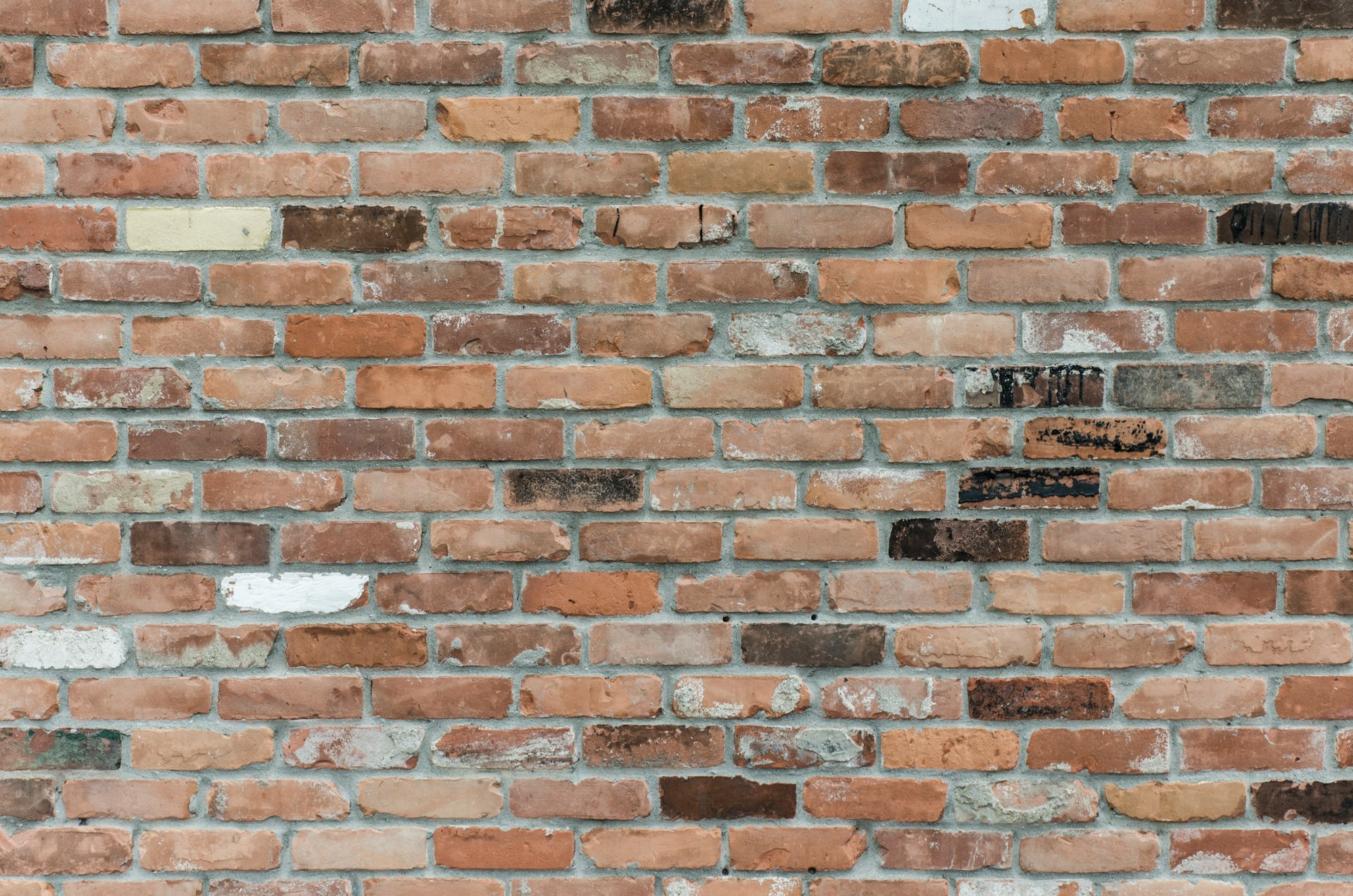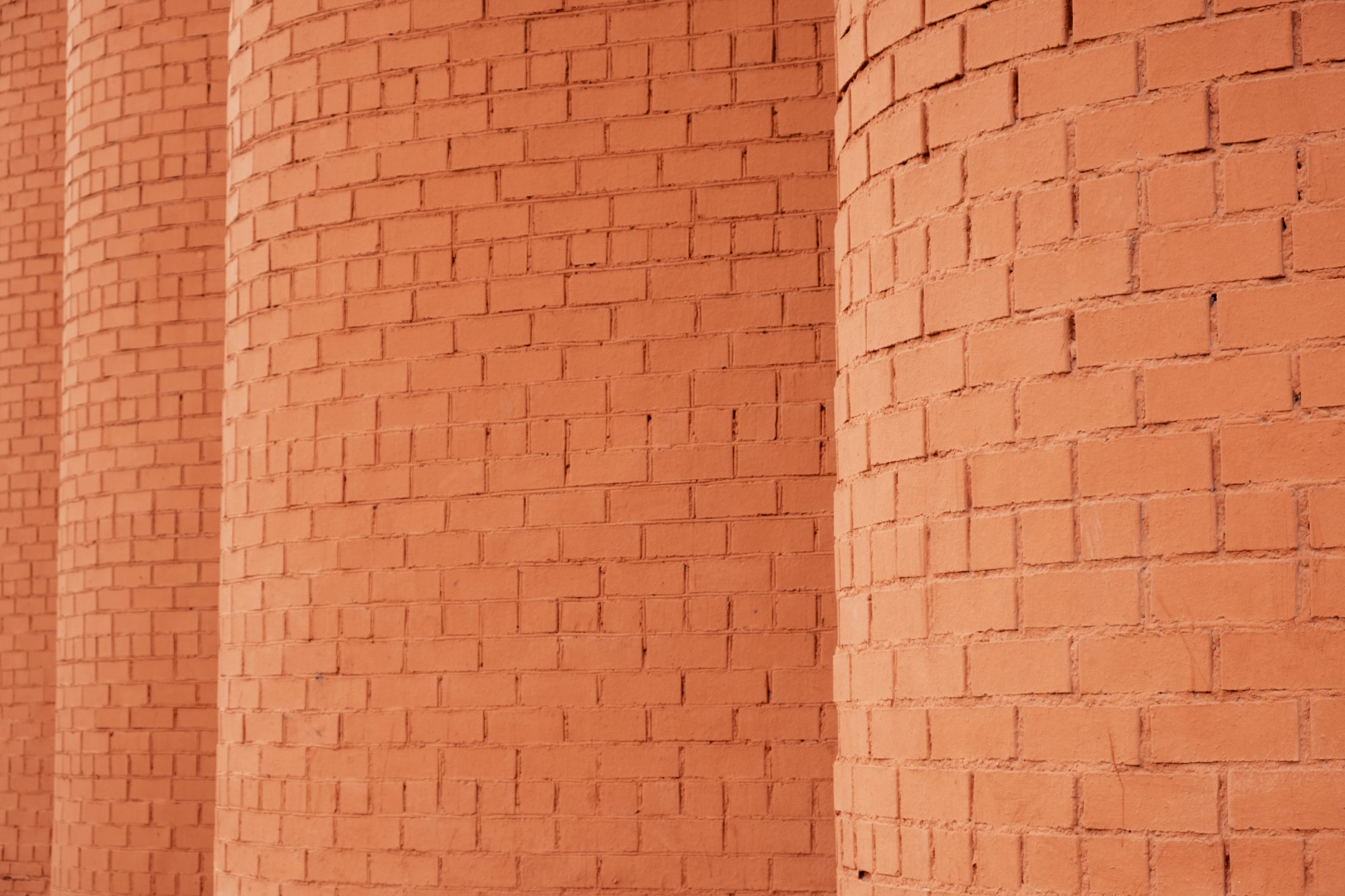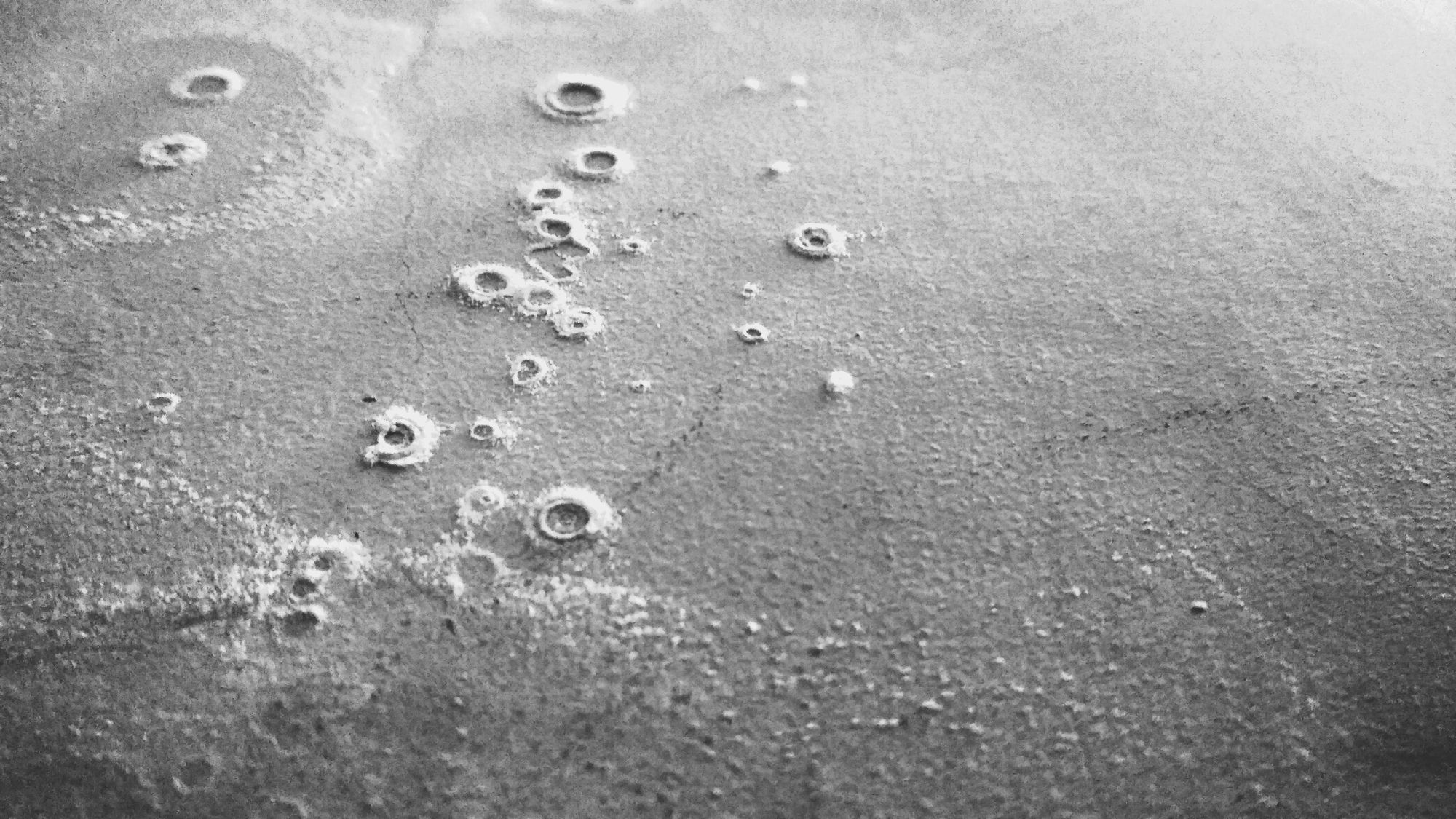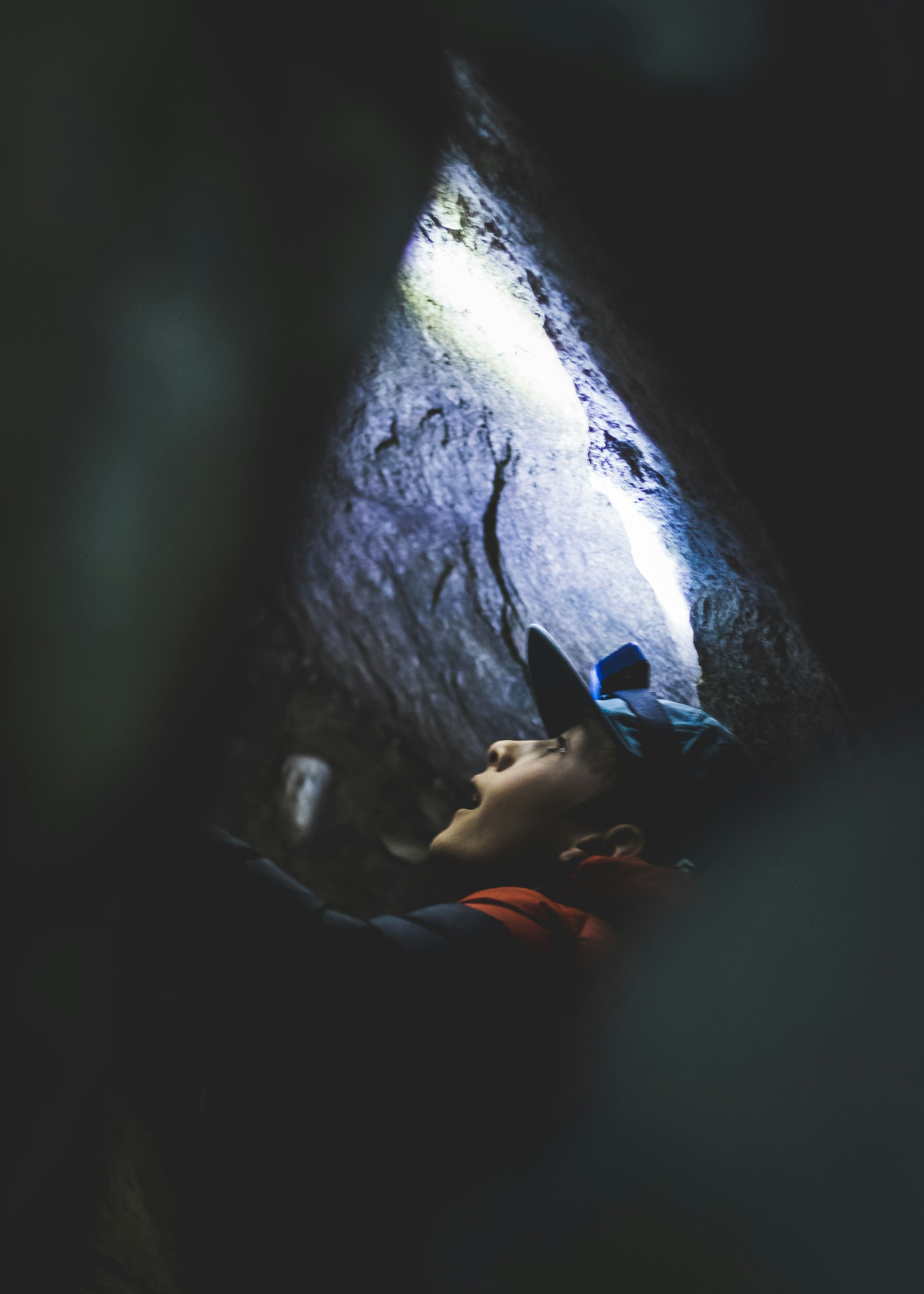The concern was that bricks had been submerged in floodwater, were muddy, and were then incorporated into the build.
The question was two fold:
1. Will the mud between the mortar leach out over the years? They are pale white-ish bricks.
2. Will sitting in flood waters change mineral composition of the brick, leading to ongoing efflorescence, vanadium staining etc
The following post is the reply I provided, based on my current knowledge and best understanding of the issue.
If you have more experience with this—or a better technical explanation—please reach out. I’d be happy to pass along more accurate information to the reader.
Hi Mary,
I’m assuming you're based in Australia—if not, please forgive me. My knowledge, experience, and access to information are limited to Australian jurisdictions, standards, and residential construction practices.
To start, it's not considered good practice to lay dirty bricks. Bricks should be clean and dry when laid—unless they’re a special type that requires wetting (in clean water) beforehand to improve bond strength.
Good practice is to keep the bricks as clean as possible during laying to avoid the need for aggressive cleaning later. Prevention is always better than cure.
That said, everything depends on the extent of the issue—how much of the façade is affected by muddy bricks. I’m picturing a wall of completely muddy bricks, but that’s just a mental image, not based on a qualified inspection. So I can only speak in general terms about the problems that can come from laying bricks that aren’t clean and dry.
This is a tough one to answer definitively.
I've gone back through the Australian Standards as well as the documents in the TransferNow link below. And honestly—this is one of the most frustrating parts of construction. I sympathise with you, Mary. I wish more builders and tradespeople just tried harder to prevent situations like this to begin with.
This is not a short email—I prefer to be as thorough as I can, based on my understanding.
Reader Question
Will the mud between the mortar leach out over the years? They are pale white-ish bricks.
Will sitting in flood waters change mineral composition of the brick, leading to ongoing efflorescence, vanadium staining etc
1. Will the mud between the mortar leach out over time? Could flood exposure alter the brick’s mineral composition, leading to efflorescence, vanadium staining, etc?
- Unless there’s a consistent source of water behind or above the wall keeping it wet, there shouldn’t be any ongoing leaching of mud particles through the wall. Leaching, vanadium/calcium staining, and efflorescence typically occur when masonry or concrete remains damp over time. In normal conditions, brickwork gets wet and dries out repeatedly, with the cavity, weep holes, and eaves helping to facilitate that drying—especially in a standard brick veneer house with eaves. That said, I can’t give a definitive answer without seeing the site.
- If the mud had a high red oxide content, there’s a chance it could affect the mortar colour or cause staining over time. This may also depend on how the mortar joint was struck—whether flush, weather-struck, shallow or deep ironed—and whether other environmental factors like shading, tree cover, humidity, or the home’s orientation contribute to the wall dampness/moisture content.
- The risk of water drawing from the back to the front face of the brickwork (via capillary action) also depends on whether there are voids or large inclusions in the mortar mix. But unless the mortar was poorly mixed or had large aggregate particles, I doubt this would apply here.
2. Could muddy brick surfaces be seen as unintentionally altering the mortar mix or affecting its performance?
Yes, an argument could be made that excessive surface mud may unintentionally contaminate the mortar mix. If enough bricks were laid with significant mud on the surface, that material could act like a pigment or foreign inclusion, technically resulting in a mortar that doesn’t match the specified mix.
Mortar for brickwork and concrete blockwork should be made with clean sand—low in salts and organic impurities. Adding mud (even unintentionally) can compromise that standard.
3. Was the brickwork affected by floodwaters before laying?
That depends on how long the bricks were exposed to water. Ideally, any saturated bricks should have been allowed to dry before being laid. If they weren’t, the bond strength between mortar and brick could have been compromised. This is due to the brick’s reduced Initial Rate of Absorption (IRA), which affects how well the mortar adheres to the brick. That said, a competent bricklayer may have adjusted the mortar mix based on the brick type and its moisture content—though whether that happened in your case is unknown.
Images and Documentation
If you haven’t already, make sure to take clear photos of the brick storage conditions, how the bricks were laid, the areas affected by mud, and overall progress shots of the brickwork as it went up. If you’ve kept a site diary, or have notes on when you were onsite and any conversations you had with the builder or trades, those will also be useful later on.
Insurance Work?
Was this part of an insurance claim? If so, insurance contractors are typically held to a higher standard than your average trade doing new builds. There's usually a project manager or construction supervisor involved who needs to sign off on the works, and often the homeowner is asked to sign off too. If this is an insurance job, I’d recommend not signing anything until you’ve received written confirmation or guarantees from the builder about the quality and compliance of the brickwork.
Contacting the Brick Supplier
It may be worthwhile speaking directly with the brick supplier or their local representative. Explain what’s happened and ask whether the conditions and workmanship align with their laying recommendations. These usually follow the Australian Standards but may include extra guidance specific to the brick type or finish.
Surface Finish and Acid Washing
Acid washing will likely improve the appearance of the brick and mortar, but it must be done correctly. The ratios for acid washing are set out in both the Australian Standards and the brick manufacturer’s guidelines. It’s important that these are followed exactly.
And to your point—yes, both the National Construction Code (NCC) and Australian Standards require that the completed facade be clean. So, "dirty brickwork" isn’t something that should be considered acceptable or "just cosmetic."
Relevant Standards
The main Australian Standards covering masonry and bricklaying are:
- AS 3700 – Masonry Structures, and
- AS 4773.2 – Masonry in Small Buildings – Construction.
For residential construction, AS 4773.2 is the more directly relevant one, as it focuses on typical brickwork used in houses and small buildings.
AS 4773.2:2015 – Cleaning Masonry (Appendix B, Page 86)
There’s an informative appendix in AS 4773.2:2015 that deals specifically with cleaning masonry, including acid washing. It’s listed under Appendix B – “Cleaning Masonry.” This section outlines best practices but is not mandatory, so contractors are technically not required to follow it unless specified in the contract or by the builder’s own QA process.
Still, it’s a useful reference and gives clear guidance on how brickwork should be cleaned and what methods (like acid washing) are appropriate depending on the brick type (and the brick suppliers recommendations).
You can usually find older versions (still relevant just not current) of standards online with some determined Googling, or access it through Standards Australia’s Reader Room, which allows free read-only access to three standards per year (i think from memory).
👉️ Just sign up here: https://readerroom.standards.org.au. It’s not a perfect system, but it’s better than nothing/having to buy a standard for a one time read through.
Ultimately, the responsibility for choosing the correct cleaning method rests with the contractor. That includes using the correct dilution ratios, timing, and process so as not to damage the brick or mortar.
What Does the NCC Say About Brickwork Finish?
The NCC (2019/2022), in Part 3.3.5 (and 5.2–5.7 for masonry veneer), refers to compliance with either AS 3700 or AS 4773. These parts focus primarily on performance aspects like:
- Cavity widths
- Weep hole spacing
- Damp-proof course (DPC) placement
- Wall tie spacing
- Structural durability
But the NCC does not explicitly state that bricks must be clean prior to laying. Likewise, AS 3700 focuses on things like strength, durability, joint types, and weatherproofing—not aesthetic cleanliness.
Industry Best Practice and Inspection Expectations
Despite the standards not mandating cleanliness during laying, industry best practice clearly expects brick faces to be clean both before and after laying. Most builder QA manuals, quality inspection checklists, and supervisor training resources all reinforce this as a basic benchmark for competent bricklaying.
NSW Guide to Standards and Tolerances (2017)
This guide has specific statements regarding masonry that can help clarify expectations:
- “Unless documented otherwise, masonry is defective if it is not laid true or with finish face outwards.”
- “Unless documented otherwise, masonry faces are defective if they are not cleaned and free of excess mortar.”
- “Stains, mortar smears and damage caused by cleaning are defective if they are visible from a normal viewing position.”
This aligns with the common understanding in the industry: the finished facade should be clean and presentable, not smeared, stained, or visibly dirty—even if those things don’t affect structural performance.
Manual 10: Construction Guidelines for Clay Masonry
Mortar Bond Strength & Dirty Bricks
There’s also some discussion in Manual 10: Construction Guidelines for Clay Masonry (published by Think Brick Australia) about how brick surface conditions can affect mortar bond strength.
If bricks are muddy or overly wet, it can interfere with the initial rate of absorption (IRA)—a key factor in developing good mortar-to-brick adhesion. That’s why clean, dry bricks are always recommended unless otherwise specified by the brick manufacturer (some brick types do require pre-wetting before laying).
Page 8:
Units should not be wetted prior to laying except in the rare circumstance, as a last resort, when it is known to be necessary to ensure satisfactory bond. It is far preferable to adjust compatibility of mortar and units by the appropriate use of sands and mortar admixtures (see section 3.3) than to indiscriminately wet the units to lower their suction. For bricks containing manganese, laying wet bricks may lead to the development of manganese staining.
Page 9:
When wet mortar and masonry units come into contact, a certain amount of water is absorbed into the units. This movement is beneficial to bond, but should not be so great as to leave the mortar with insufficient moisture for proper setting. The ability of the mortar to retain sufficient water against the suction of the unit is called water retentivity and is thus one of the important factors in promoting tensile bond strength. It is defined as the ability of the mortar to retain moisture against a standard suction applied for one minute (to simulate the suction effect produced by the masonry unit).Water retentivity is particularly important for mortars used with high-suction bricks.
There are no requirements for routine testing of masonry mortar for site control purposes. Only in exceptional circumstances, if problems are evident and investigation is required,should testing of the mortar be contemplated. Even then, the best course of action is to test the assembled masonry whenever possible. Testing procedures for strength of masonry are described in Section 7.
Mortar technical Guide
Page 40 talks about "impurities" in mortar:
9.2 Impurities:
Sands should be free of impurities, which commonly include organic matter, salts, friable materials, clays and fine silts. Organic matter (such as leaf and tree litter, loam and humic material from soils) is avoided by carefully selecting the sand during quarrying and by washing and screening it. There is more information about salts in Salt attack and rising damp: a guide to salt damp in historic and older buildings,another guide in this series. Salts are a problem, as they may lead to salt attack decay of the masonry. Sands from beaches and coastal dunes should be washed with fresh water. Sands excavated from the dry beds of ephemeral inland streams can also contain salt. Another source of contamination can be sand containing sulfide minerals, such as pyrite (iron sulfide), which oxidise when exposed to air to form sulfate salts. These can cause aggressive salt attack. Friable materials (such as shale, clay lumps, mud stones and weathered micas) will produce weak mortars and should be avoided. Too many very fine particles will weaken a mortar (see Section 9.5‘Clays and silts – fines’).
If You Wanted to Push the Issue Further (Use with Caution)
Mary, if you really wanted to press the issue—or needed to escalate to make a point—there are a few arguments you could raise (though I’d suggest using these with care).
1. Surface Coating and Mortar Bond Strength
You could argue that the muddy brick surface effectively acted as a coating, which should have been discussed with the brick manufacturer. Why? Because surface conditions can affect how well the mortar bonds to the brick.
Dirty bricks may reduce the brick's initial rate of absorption—which is key to achieving proper bond strength between brick and mortar. If the bricks couldn’t absorb moisture from the mortar as designed, the final bond strength may be compromised.
2. Requesting a Mortar Scratch Test or Chemical Analysis
If you wanted to check the performance of the wall more formally, you could request a scratch test (or even chemical analysis) to verify the mortar’s durability and composition. This would confirm whether it meets the requirements for your site’s exposure classification (e.g., proximity to marine or industrial environments).
Such tests can be arranged through the builder or brick manufacturer—though be aware that suppliers often won’t speak directly with homeowners, claiming you’re not “the client.” This is standard behaviour, unfortunately.
3. Exposure Classification (Rarely Considered)
In practice, very few builders actually document the exposure classification of a site in their contracts. But this classification is important—it dictates the required mortar mix (M4, M3, etc.) and what kind of wall ties and accessories should be used.
If this hasn’t been properly considered or documented, and the mortar doesn’t meet the required durability level, this could form the basis of a more serious concern/position.
4. Improper Storage of Materials
Another angle (if relevant) could be non-compliant storage of bricks onsite. Most manufacturer guides specify that pallets and partially laid walls should be protected from rain to avoid excess water absorption and potential efflorescence.
Would Any of This Matter Without Litigation?
These points are valid, but they typically only gain traction in legal disputes or formal complaints—and going down that road is rarely fun.
If I were in your position, I’d feel frustrated too. But once the wall’s built, the question becomes: what can I still do?
5. Practical Steps You Can Take Now
- Request a written guarantee from the builder stating that any visible staining or mortar/brick discolouration resulting from the use of muddy bricks will be rectified at no cost to you.
- If they refuse, follow up in writing and request that the brick manufacturer conduct a mortar scratch test (they usually have the right equipment; the builder won’t). If the results show the mortar doesn't meet spec, then you've got leverage—they’ll either need to pull the wall down or negotiate a compromise with you.
- One such compromise could be to apply a penetrating hydrophobic sealer (silane/siloxane type) to the brickwork (under direction of the brick supplier). These sealers repel water and can help mitigate ongoing efflorescence or staining. As long as the tops of the walls are sealed and there’s no moisture ingress behind the wall, this could be an acceptable middle ground.
- If you notice any discolouration within the first six months after practical completion, be sure to take photos and include it in your six-month maintenance defects list submitted to the builder (if a defects liability period applies under your contract)
Final Thoughts
This is one of those frustrating grey areas, Mary—because, oddly enough, nowhere in the standards does it explicitly say, “bricks must be clean before laying.”
It seems like common sense, but the standards don’t spell it out.
Still, I hope the above gives you some practical options and talking points, whether you’re speaking with the builder, the insurer, or a third party.
Supporting Information
I’ve included some reading material and supporting documents, including the standards and resources mentioned above. You can download them via the following link:
https://accelx.transfernow.net/dl/20250723T3Gj6h6N
The download is approximately 30.9 MB and contains 10 files.
Thanks Mary
🤔 Dear readers,
If you have more accurate information or can shed further light on this topic, please reach out—I’d love to hear from you. I'm a builder who knows enough about some things, but not everything. As the Rumsfeld matrix famously suggests:
- Known knowns — things we know we know (e.g., the standards and best practices around brick cleanliness).
- Known unknowns — things we know we don’t fully understand (for instance, how different brick types react to mud exposure over time and exposure to environmental conditions).
- Unknown unknowns — things we don’t even realise we don’t know (those hidden variables or rare site-specific issues that only emerge in unique cases).
I’m acutely aware that some of these “unknown unknowns” may apply here—factors we haven’t even considered yet.
Your insights might just illuminate them, so please don’t hesitate to get in touch.
Further Reading
















